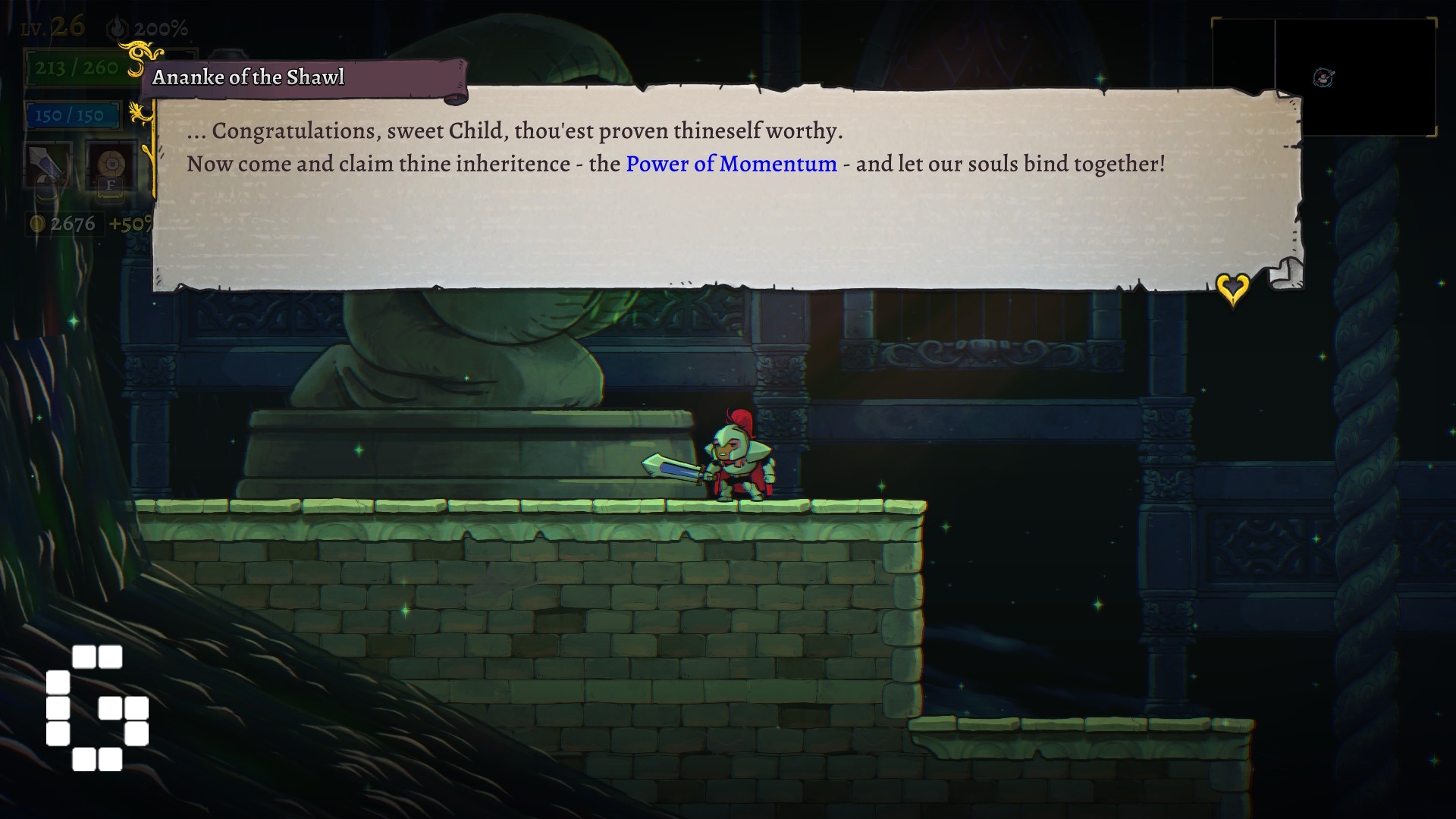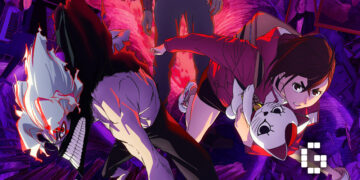Rogue Legacy 2 has left early access and has officially released. We got the launch build earlier, so here’s our review of Rogue Legacy 2.
The game is available on Xbox Series X and S, Xbox One and PC via Steam. This review is based on the PC version, so your experience playing Rogue Legacy 2 on a different platform may differ tremendously.

Story
As the sequel to 2013’s Rogue Legacy, Rogue Legacy 2 is a roguelite platformer with a much greater focus on its gameplay than a story. You basically play as an adventurer (and his descendants) who has to go out into the world and make your kingdom great again.
Even though story isn’t its strong suit, the game does scatter lore here and there as you interact with objects and the environment. Regardless, the big reason why you’d want to get Rogue Legacy 2 is for its gameplay, which I’ll get into the details in the next part of this review.
Gameplay
Being a platformer, you’ll spend most of the game jumping, fighting enemies and picking up coins ala Mario. Just like a lot of roguelites and roguelikes, the game is designed to be very hard and unless you are World Record-holder speedrunner or something, expect to die. A lot. Every time your character dies, his or her child will replace the dead parent for a new run. I have to admit, my family tree looks like it spanned a thousand years even though they all died in about 16 hours of playtime.
One of the best things about Rogue Legacy 2‘s gameplay is how it implements classes and traits. There are more classes than before and they all feel extremely distinct and unique. Whether you prefer getting up close and blocking attacks with the Knight or rapid-firing bullets from mid-range as a Gunslinger, there is a class for everyone and every playstyle. I’m impressed with the amount of depth to them, such as when I discovered that my Hollow Boned-Ranger can travel vertically without limits by firing downwards with his bow!

Traits like the aforementioned Hollow Bones can drastically affect gameplay. These are randomised at the start of each run and can vary from “you fall down slowly” to “you cannot damage enemies at all!” These detrimental traits typically carry a gold bonus—perfect for those who favour high-risk, high-reward gameplay.
If you’re like me and can’t beat the game yet, you’ll be spending the majority of your time in Rogue Legacy 2 getting gold aka money. Gold is necessary for upgrading your castle, which brings various bonuses like an increase in health or attack power or unlocking a new class or NPC shopkeeper. You’ll also need Gold for buying equipment and upgrades from NPCs.

The Grind
While Rogue Legacy 2‘s gameplay is nothing short of great, I can’t say the same for the progression. The game is extremely grind-heavy, even when compared to other titles of the same genre. As an old school JRPG fan, I have a pretty high tolerance for grinding, but Rogue Legacy 2 simply doesn’t make it as fun as other roguelites.
What makes the repetitive gameplay loop in a lot of other roguelites bearable is synergy. For example, in Slay the Spire and Into The Breach, discovering a build or setup that works is extremely fun, easily getting me to play them for a long time. Rogue Legacy 2 doesn’t really offer much in the way of synergy. At the end of the day, most of your runs are mainly just tiny increments.
I admit, the roguelite genre is inspired by the first Rogue Legacy, but the genre has evolved and progressed so much that its formula feels a lot more outdated than other modern roguelites like Dead Cells or Hades. Another big issue that exemplifies the outdatedness of Rogue Legacy 2 is how trait and relic effects are hidden the first time you encounter them. The effects are listed completely in question marks and you won’t know what it does until you acquire them.

In one run, I was doing pretty well, until I decided to get an unknown relic. Then, I found out the effect is that until I find 2 potions, I will die in one hit. That was how my run ended, all because the game withheld information from me.
Not telling the player what the effect of the relic is before they get them is very counterintuitive. On one hand, I want to unlock and get more stuff, but on the other hand, why should I take such a huge risk and potentially ruin my build or run? This dilemma, coupled with the slow progression from the extreme grind makes Rogue Legacy 2 feel more like a chore than a game.
Visuals/Audio
For the presentation department, Rogue Legacy 2 doesn’t disappoint. The original Rogue Legacy uses 2D pixel graphics, but Rogue Legacy 2 uses 2.5D cartoonish art, maintaining the same feel as its predecessor while giving a smoother, more responsive look.
The cartoonish art style really grew on me. When you hit enemies for example, the damage numbers that pop up look like they’ll fit in a comic book. Rogue Legacy 2 is visually appealing and is great at communicating information on the screen to the player, which is very important for a game that can easily kill you due to a lapse in judgement.
In terms of audio, the game is okay. The music isn’t memorable or epic, but the sound effects when you hit stuff are nice.

Closing Thoughts
The original Rogue Legacy that came out back in 2013 was THE game that defined the roguelite genre. Almost 10 years later, Rogue Legacy 2 is a superior game in almost every way, but there have been so many other roguelite games which pushed the standard of the genre to the next level like Hades, Slay The Spire, Faster Than Light, and many others, Rogue Legacy 2 simply doesn’t hold up to the genre’s best anymore.
To learn more about the game or to get it yourself, head to its page on Steam.
| Pros | Cons |
| Great class-based gameplay | Too grindy, it takes too long to make any notable progress |
| Good, responsive platformer action and puzzles | Lack of synergy in builds makes gameplay feel stale |
| Hiding the effects of traits and relics until you get them is outdated game design |













![[LEVEL UP KL 24] From Development to Quality Assurance: How AI is Transforming the Gaming Industry, According to Microsoft’s Jun Shimoda](https://cdn.gamerbraves.com/2024/12/Jun-Shimoda_Interview_FI-360x180.jpg)







![[CF 2024] Comic Fiesta 2024 Brings ACG Paradise to Malaysia](https://cdn.gamerbraves.com/2024/12/Comic-Fiesta-Overview_Feature_FI-350x250.jpg)
![[CF 2024] Hong Kong Comics Makes Strong Return to Comic Fiesta 2024 Following Opening Ceremony](https://cdn.gamerbraves.com/2024/12/Hong-Kong-Comics-Opening_News_FI-350x250.jpg)




